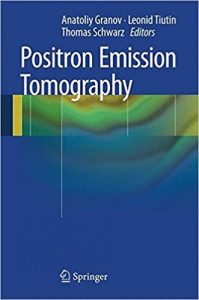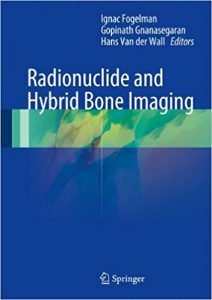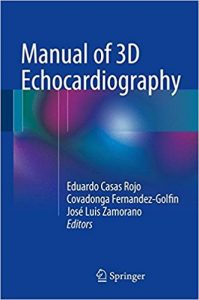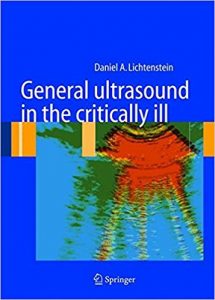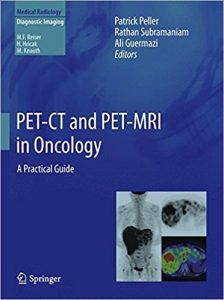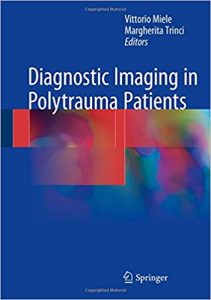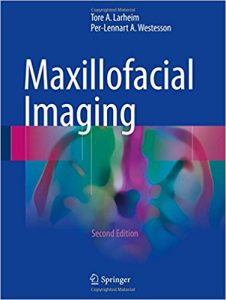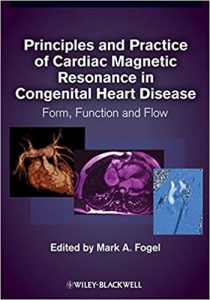Magnetic Resonance Imaging of the Knee
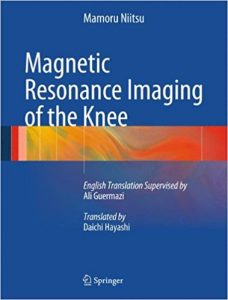
[amazon template=image&asin=3642178928]
“It presents a very readable atlas of knee MRI with plenty of MRI images, cross-referenced where appropriate to diagrams, endoscopy images and cadaveric specimen photographs. … As a quick reference guide it works very well. … References are provided throughout for those who wish to study further. … is packed with useful information and still offers fair value for money.” (John Talbot, RAD Magazine, April, 2014)
From the Back Cover
This abundantly illustrated atlas of MR imaging of the knee documents normal anatomy and a wide range of pathologies. In addition to the high-quality images, essential clinical information is presented in bullet point lists and diagnostic tips are included to assist in differential diagnosis. Concise explanations and guidance are also provided on the MR pulse sequences suitable for imaging of the knee, with identification of potential artifacts. This book will be an invaluable asset for busy radiologists, from residents to consultants. It will be ideal for carrying at all times for use in daily reading sessions and is not intended as a reference to be read in the library or in non-clinical settings.

